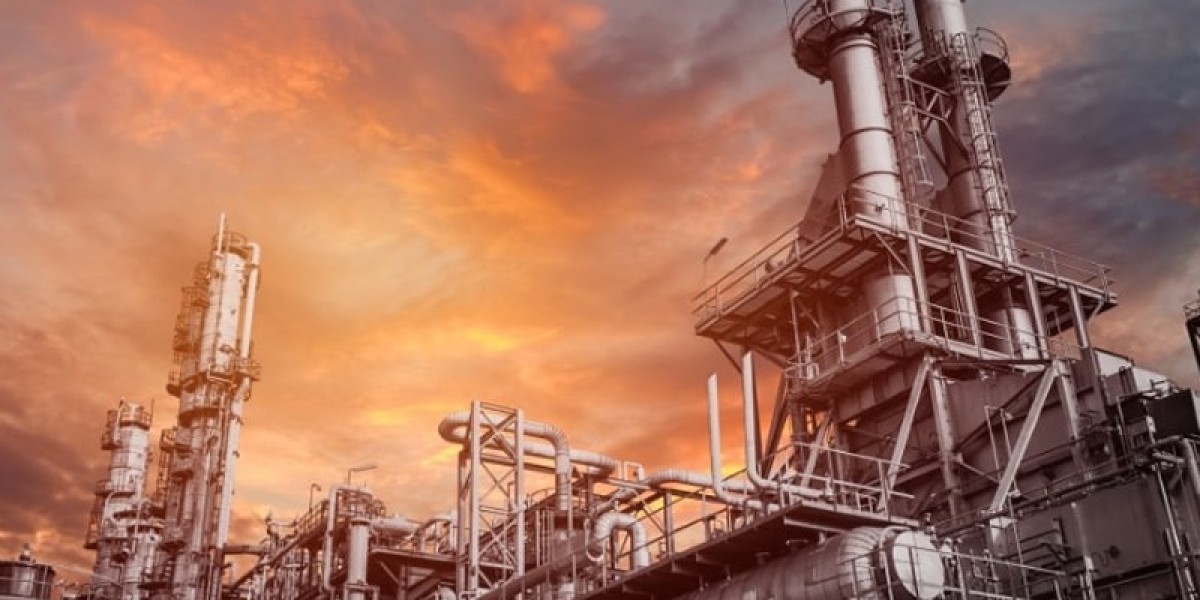In the realm of fluid power systems, two primary types dominate: pneumatic and hydraulic systems. Both systems leverage the principles of fluid dynamics to transmit power, but they do so in distinct ways, utilizing different mediums and having unique characteristics. This blog aims to explore the fundamental differences between pneumatic and hydraulic systems, their advantages, disadvantages, and typical applications.
Basics of Pneumatic and Hydraulic Systems
Pneumatic Systems:
Pneumatic systems use compressed air or gas to transmit and control energy. These systems are prevalent in applications where cleanliness and safety are paramount, such as in the food and beverage industry, pharmaceuticals, and electronics manufacturing.
Hydraulic Systems:
Hydraulic systems, on the other hand, use pressurized liquids, typically oil, to transmit power. These systems are renowned for their high force capabilities and are commonly found in heavy machinery, construction equipment, and aerospace applications.
Key Differences Between Pneumatic and Hydraulic Systems
1. Medium Used:
Pneumatics: Utilize compressed air or gas.
Hydraulics: Use hydraulic fluid, usually oil.
2. Pressure Range:
Pneumatics: Generally operate at lower pressures, typically around 80-100 psi (pounds per square inch).
Hydraulics: Operate at significantly higher pressures, ranging from 1,000 to 5,000 psi, and even higher in specialized applications.
3. Force and Power Density:
Pneumatics: Produce less force due to the compressibility of air. Suitable for light to moderate force applications.
Hydraulics: Can generate much higher forces because liquids are incompressible, making them ideal for heavy-duty applications.
4. Speed and Control:
Pneumatics: Offer faster movement due to lower friction and the quick compressibility of air. However, controlling speed and position can be less precise compared to hydraulics.
Hydraulics: Provide precise control over speed and position, essential for applications requiring accurate movements.
5. System Complexity and Maintenance:
Pneumatics: Generally simpler and easier to maintain. Components like compressors and actuators are more straightforward to handle.
Hydraulics: More complex and require rigorous maintenance to prevent leaks and contamination. Hydraulic fluids need regular monitoring and replacement.
6. Safety and Environment:
Pneumatics: Air is safe, clean, and readily available, making pneumatic systems environmentally friendly and safe to use in hazardous environments.
Hydraulics: Hydraulic fluids can be hazardous and pose environmental risks if not handled properly. Leaks can cause significant damage and safety hazards.
Advantages and Disadvantages
Pneumatic Systems:
Advantages:
Clean and safe: Ideal for industries requiring strict hygiene standards.
Simple design: Easy to install and maintain.
Fast operation: Quick response times and high-speed capabilities.
No risk of contamination from leaks.
Disadvantages:
Lower force output: Not suitable for heavy-duty applications.
Less precise control: Difficulty in achieving exact positioning.
Compressed air can be expensive: Requires energy-intensive compressors.
Hydraulic Systems:
Advantages:
High force capability: Can handle very heavy loads.
Precise control: Excellent for applications requiring fine control.
Consistent performance: Less affected by external conditions like temperature.
Disadvantages:
Complex and costly maintenance: Requires regular checks and fluid changes.
Risk of leaks: Hydraulic fluids can pose environmental and safety hazards.
Bulkier components: More space-consuming than pneumatic systems.
Applications
Pneumatic Systems:
Pneumatics are extensively used in applications where speed and cleanliness are crucial. Examples include:
Automation and Manufacturing: Robots, pick-and-place machines, and conveyors.
Medical and Dental Equipment: Tools that require sterilization and high-speed operation.
Packaging and Food Processing: Machines that require cleanliness and precision.
Hydraulic Systems:
Hydraulics are chosen for their power and precision in more demanding environments, such as:
Construction and Mining: Excavators, loaders, and bulldozers.
Aerospace: Landing gear systems, brakes, and flight control surfaces.
Industrial Machinery: Presses, injection molding machines, and cranes.
Conclusion
Both pneumatic and hydraulic systems have their unique strengths and are tailored to specific applications. Pneumatic systems excel in environments where cleanliness, speed, and ease of maintenance are vital. In contrast, hydraulic systems are unmatched in their ability to generate high forces and precise control, making them indispensable in heavy-duty and high-precision applications.
Understanding the differences between these systems allows engineers and designers to select the most appropriate technology for their specific needs, optimizing performance, safety, and efficiency in their applications.






